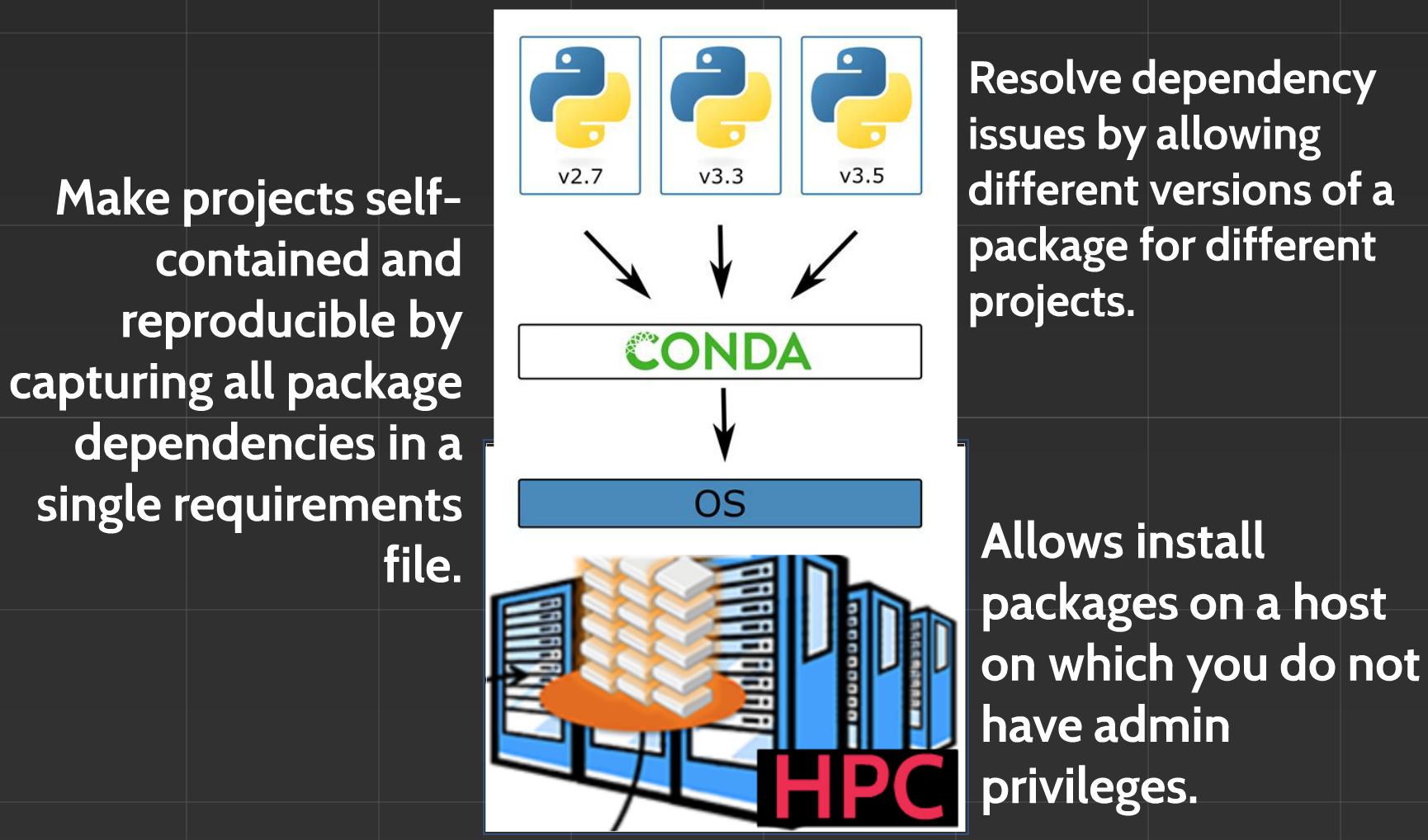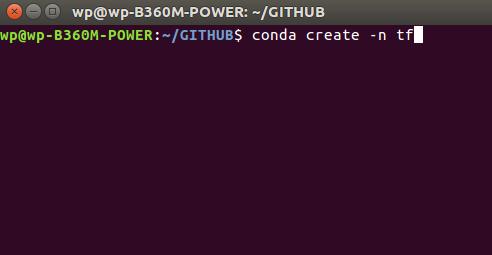

- Conda install package version update#
- Conda install package version Pc#
- Conda install package version windows#
TheĬaimanmanager tool and other libraries will respect that. If you prefer to manage this information somewhere else, theĬAIMAN_DATA environment variable can be set to customise it. Precious data) and doing a new data install as per above. If they have, we recommend moving your oldĬaiman data directory out of the way (or just remove them if you have no See if they have by doing caimanmanager.py check If you have, some of the demos or datafiles may haveĬhanged since your last install, to follow API changes. This will place that directory under your home directory in a directoryĬalled caiman_data. Python caimanmanager.py install -inplace if you used the developer

If you used the conda-forge package or the pip install. If you have not installed Caiman before, you can do Once CaImAn is installed, you may want to get a working directory withĬode samples and datasets pip installed a caimanmanager.py command that Use Conda to install git (With “conda install -c conda-forge git”) - use of
Conda install package version windows#
If you will be building CaImAn on Windows (not recommended): Installing CaImAn from a package on Windows should be otherwise the same as any other OS for the The Windows memmap interface is sensitive to the maximum settingĪnd leaving it at the default can cause errors when processing larger Increase the maximum size of your pagefile to 64G or more.Remove any associations you may have made between.Rather than from Powershell or any other shell. In either case,Įverything you do should be from a Conda enabled shell (which you can find in your programs menu) Using the package-based install rather than building CaImAn yourself. On Linux or MacOSX and has different issues you may run into. The Windows installation process differs more widely from installation Here we also have to specify the R version we are running and the location of the install.Installation on Windows ¶ Installation on Windows Which can be fixed by (see this ticket): > options(unzip = "internal") Installation failed: error in running command This often results in the following error: Downloading GitHub repo URL > devtools::install_github("duckmayr/oldr") To get around this we will install oldr for installing packages compatible with R v3.4.įirst we install the R package devtools: > conda install -c r r-devtoolsĪnd then inside R we install oldr: > require(devtools) Package ‘effects’ is not available (for R version 3.4.1) Some packages won’t be available for v3.4.1, for example the effects package: > install.packages("effects") Incompatible packages with our current R version Next, the Native R kernel for Jupyter is installed with: > conda install -c r r-irkernel
Conda install package version update#
This can be fixed with an update to the readline package (see this ticket for more info): > conda install -c conda-forge readline=6.2
Conda install package version Pc#
anaconda/envs/myRenv3_4/lib/R/bin/exec/R: symbol lookup error: /anaconda/envs/myRenv3_4/lib/R/bin/exec/././lib/././libreadline.so.6: undefined symbol: PC When we open R we should see the following: > Rīut on some installs I’ve seen the following error: > R To confirm that this installed properly (you might have to source deactivate and source activate to get : > which R One can also try installed with -c r instead of conda-forge but I’ve found that not all versions are available via r. Now that we’ve confirmed the package/version we want is available we R v3.4.1 with the following: > conda install -c conda-forge r=3.4.1 Because conda’s search will match any packages that contain our search term as a substring (in our case the letter “r”) we search instead for “r-base”: > conda search r-base

Next we search for the R version we want to install. Note that R is not installed by default inside the environment: > which R To confirm we have this running properly we can ask where the pip command will run from (hopefully it is tied to a location inside our environment): > which pip Installing Rįirst we create a new environment: > conda create -n myRenv3_4 anacondaĪnd then switch to the new environment with: > source activate myRenv3_4 We assume you have anaconda installed and are somewhat familiar with it’s commands. This will walk you through installed an old version (3.4.1) of R inside a conda environment.


 0 kommentar(er)
0 kommentar(er)
